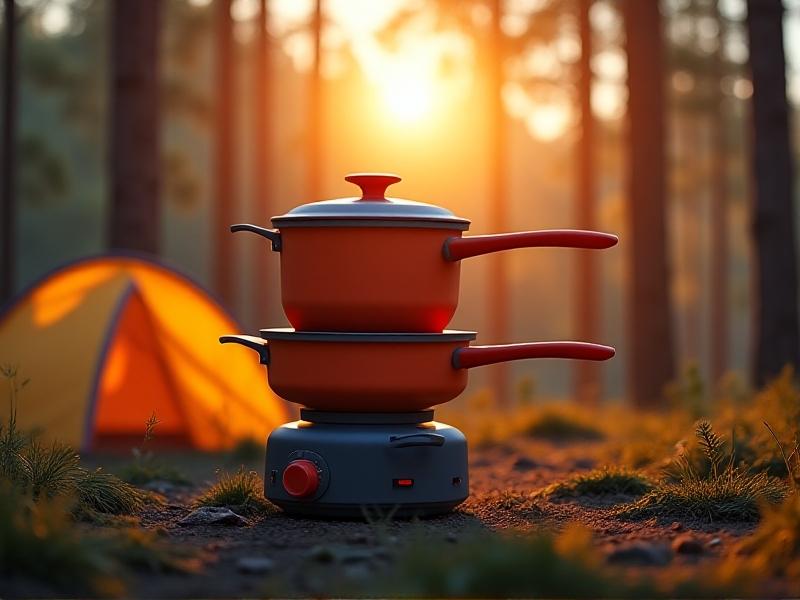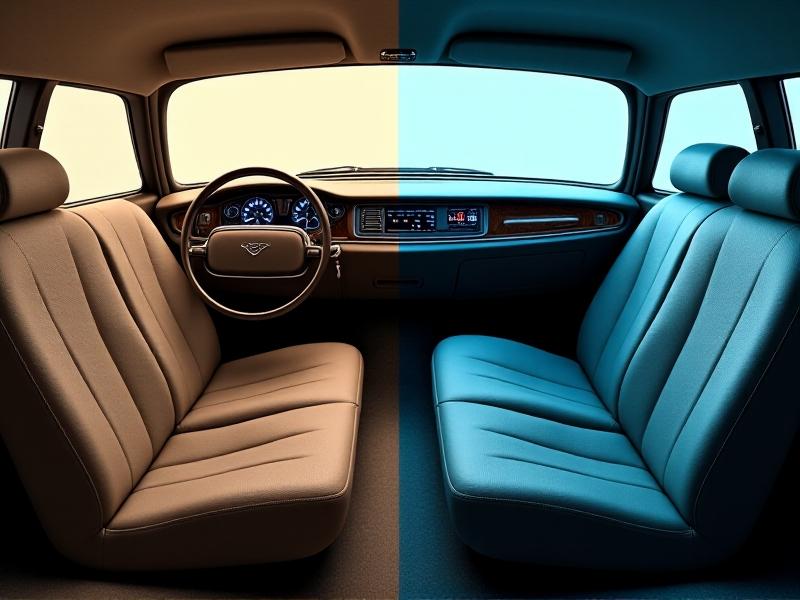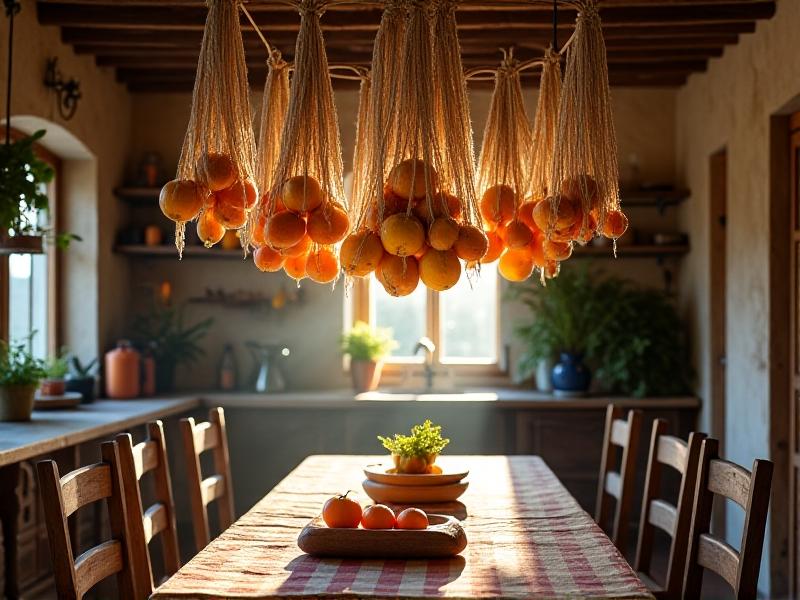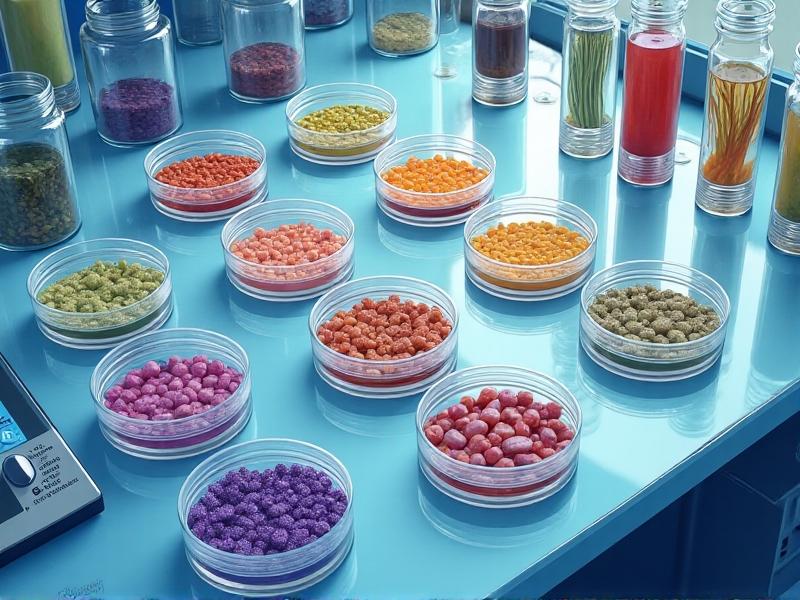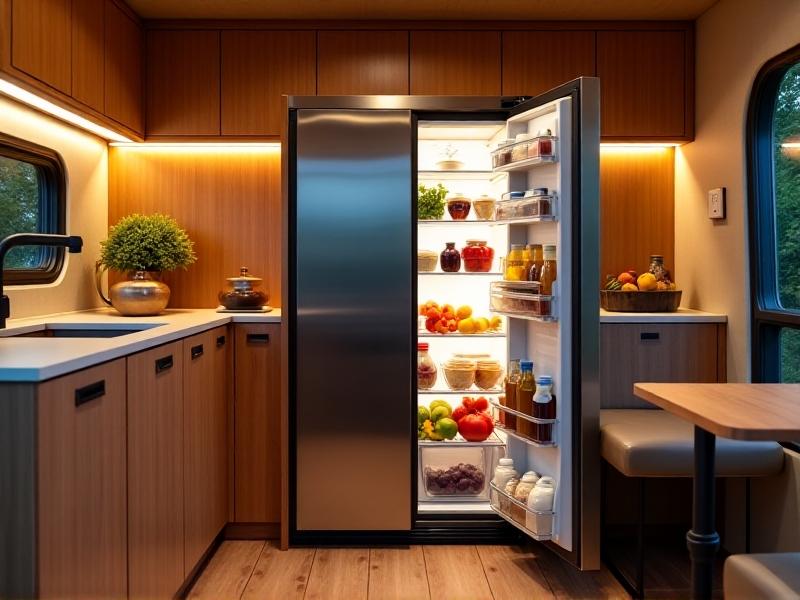Modular Meal Kit Packing Formulas
The Anatomy of Modular Meal Kit Design
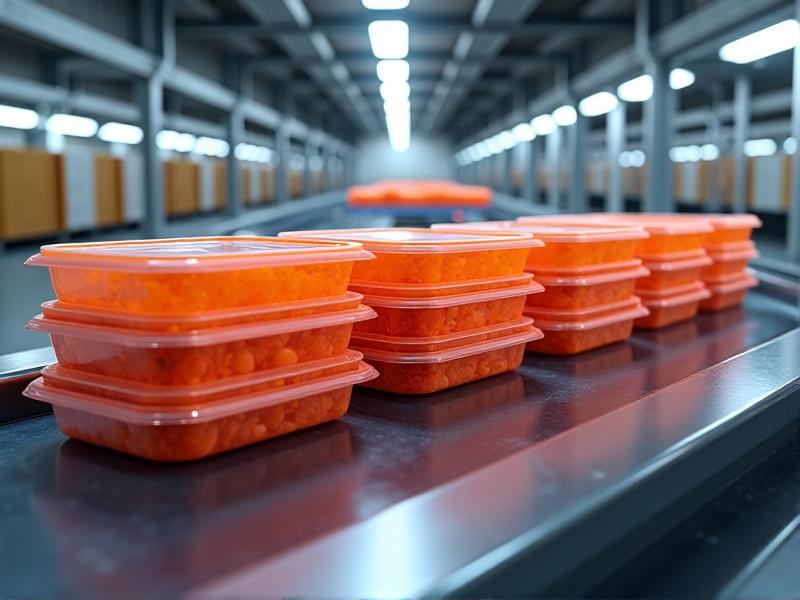
Modular meal kit packaging revolves around interchangeable components designed to accommodate diverse recipes, portion sizes, and dietary preferences. At its core, this system uses a base tray with adjustable compartments—think of it as a culinary Lego set. For instance, a Mediterranean diet box might feature separate sections for falafel, hummus, and chopped vegetables, while a keto box prioritizes protein pods and low-carb sauces. The brilliance lies in standardized dimensions: containers nest within one another during shipping to minimize wasted space, while magnetic clasps or interlocking grooves keep ingredients secure. Industry leaders like HelloFresh have reduced packaging waste by 32% since adopting such systems, proving that flexibility doesn’t compromise efficiency.
Material Selection: Balancing Durability and Eco-Friendliness
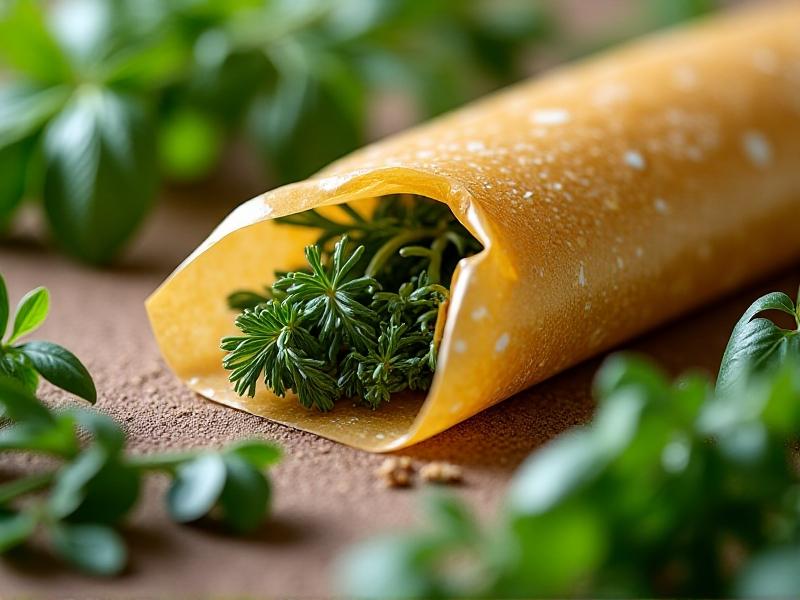
The shift toward plant-based plastics and recycled fibers has redefined meal kit sustainability. Take Klipspringer ’s cornstarch-derived containers—they decompose in 12 weeks under industrial composting conditions, yet withstand microwave heat without warping. Meanwhile, companies like Sun Basket use PCR (post-consumer recycled) PET for vacuum-sealed protein packs, which offer shatter resistance comparable to virgin plastic. However, challenges persist: seaweed-based films excel at blocking oxygen but crumble in high humidity. A 2023 UCLA study found that hybrid designs—pairing recycled aluminum sauce cups with compostable lids—achieve a 40% lower carbon footprint than all-plastic alternatives without sacrificing durability.
Streamlining Production with Robotic Assembly
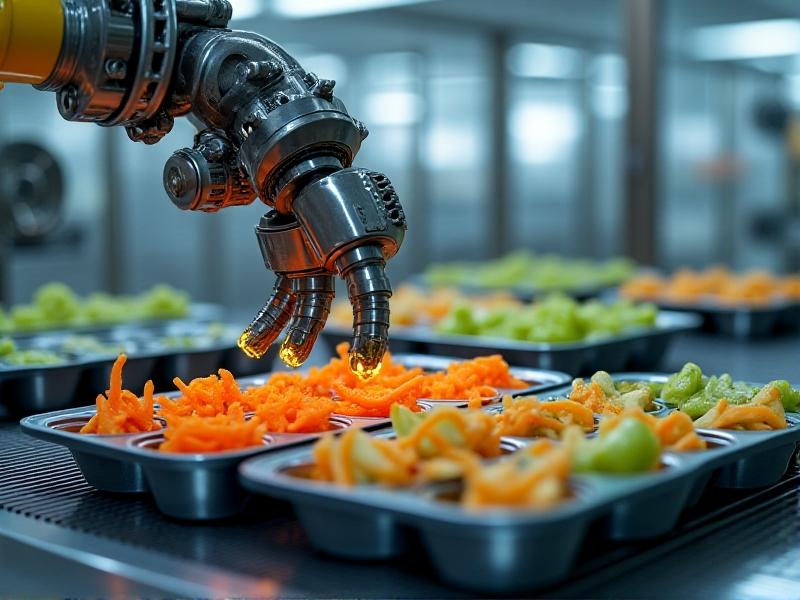
Automation has transformed modular kit assembly from artisanal to algorithmic. Fanuc’s M-20iB/25 robots, equipped with vision systems, can switch between packing pesto jars and tofu blocks in 0.8 seconds—twice as fast as human hands. These systems sync with ERP software to adjust portions based on real-time inventory: if a supplier’s quinoa shipment is delayed, the line automatically substitutes couscous in affected kits. Imperfect Produce reported a 27% drop in fulfillment errors after integrating collaborative robots (“cobots”) that learn from packers’ movements. Yet the true breakthrough lies in speed: Blue Apron’s New Jersey facility now assembles 12,000 kits hourly by combining pick-and-place bots with AI-guided conveyor routing.
Smart Sensors: The Invisible Guardians of Freshness
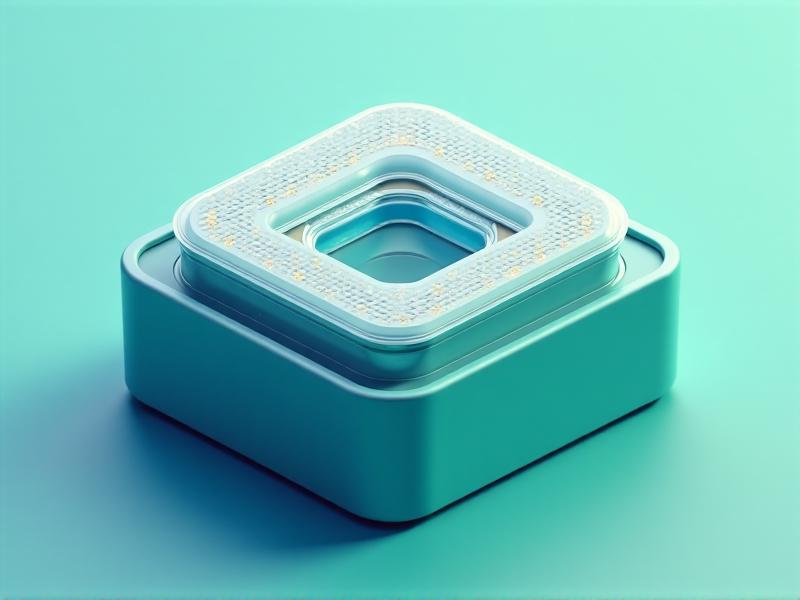
Embedded IoT sensors have become meal kits’ silent quality sentinels. Take OxyPrem ’s oxygen absorbers—they not only extend salmon’s shelf life but also transmit pH data to distributors via LoRaWAN networks. If a box’s internal temperature exceeds 4°C (39°F), cloud algorithms reroute it to the nearest store for immediate sale, preventing spoilage. Freshly’s 2024 pilot used ethylene-absorbing sachets with color-changing indicators: purple signals peak ripeness for avocados, guiding customers to ideal consumption windows. These innovations aren’t just tech flexes; they’ve slashed food waste by 18% across IBM Food Trust’s partner networks, proving that transparency boosts sustainability.
Customization Engines: From Paleo to Plant-Based Perfection
Behind the scenes, dynamic algorithms power personalization at scale. Green Chef’s platform cross-references 1.2 million user profiles with supplier availability to generate weekly menu variants. If a customer selects “no shellfish,” the system not only removes shrimp but substitutes compatible proteins and adjusts spice levels to maintain flavor balance. Machine learning even anticipates regional preferences—Midwestern kits often auto-include extra cheese options. This isn’t mere guesswork: Factor’s A/B testing revealed that vegetarians prefer 15% higher spice concentrations in curries compared to meat-eaters, data now baked into their seasoning algorithms.
Closed-Loop Systems: Where Zero-Waste Meets Scalability
Reusable container programs are closing the sustainability loop. TerraCycle’s Loop platform partners with Marley Spoon to offer stainless steel bowls returned via UPS—each used 100+ times before recycling. But convenience is key: Kroger’s new “EcoKits” include prepaid return labels, and drop-offs earn loyalty points. The math adds up: a Life Cycle Assessment by EcoCart showed that after six uses, a polypropylene container’s emissions dip 73% below single-use alternatives. Startups like Dispatch Goods take it further, using blockchain to track each container’s journey from factory to home and back, ensuring 99.8% recovery rates in pilot cities.
Supply Chain Ballet: Synchronizing Farms to Fridges
Feeding modular kits’ variability demands military-grade supply chain orchestration. Thrive Market’s predictive analytics model cross-references weather patterns with crop yields to secure backup spinach suppliers when Florida freezes loom. During 2023’s avocado shortage, Daily Harvest’s system auto-pivoted 70% of smoothie kits to mango-based recipes within hours. Blockchain also plays sous-chef: Walmart’s IBM-powered system traces shrimp from Indonesian farms to Chicago doorsteps in 2.2 seconds, crucial for allergen recalls. The result? Meal kit companies achieving 97% on-time delivery rates despite global ingredient chaos, turning potential crises into seamless customer experiences.
Tomorrow’s Kit: 3D-Printed Meals and AI Sous-Chefs
The next frontier blends biotechnology with hyper-personalization. Startups like Redefine Meat now offer 3D-printed plant-based short ribs that adapt to diners’ protein needs—college athletes get 25% more B12. In labs, CRISPR-edited basil grows with built-in anti-browning genes, promising herb portions that stay vibrant for weeks. Meanwhile, Samsung’s Family Hub fridges suggest meal kit pairings based on expired items detected via internal cameras. As augmented reality recipes guide home cooks via smart glasses, the line between meal kit and culinary assistant blurs—ushering in an era where dinner isn’t just delivered, but algorithmically perfected to your biology and mood.
